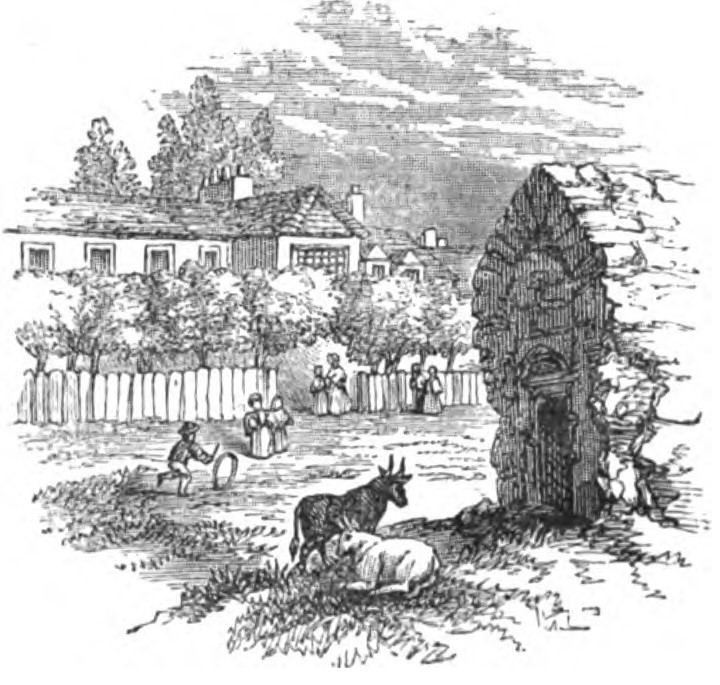Last used soon after 1787 | Establishment before 1718 | |
 | ||
Similar Kennington Common, Artillery Ground, Duppas Hill, Mitcham Cricket Green, Moulsey Hurst | ||
White Conduit Fields in Islington was an early venue for cricket and several major matches are known to have been played there in the 18th century. It was the original home of the White Conduit Club, forerunner of Marylebone Cricket Club (MCC). The cricket field was adjacent to the former White Conduit House, immediately south of the modern junction between Dewey Street and Barnsbury Road.
Contents
Early matches
The earliest match known to have been played at White Conduit Fields was the controversial encounter on Monday, 1 September 1718 between London Cricket Club and the Rochester Punch Club. This game provoked a legal case when the Rochester players walked off in an attempt to save their stake money, London clearly winning at the time. The case focused on the terms of the wager rather than the rules of the sport and the judge ordered the game to be played out. It was concluded in July 1719 at the same venue and London won by 21 runs. London's 21-run victory is the earliest known definite result of any cricket match.
The next known match was on Wednesday, 19 August 1719 between London and Kent. Kent won and the contemporary report concludes with: "The Kentish men won the wager" (i.e., the wager was more important than the match). London and Kent met again on Saturday, 9 July 1720 and this time London won. There was no definite use of White Conduit Fields again until 1773.
Other matches in Islington
There are two known matches which took place in the Islington area in 1722 and 1730 but their precise locations are unrecorded or indeterminate. They may have been played on or near White Conduit Fields. The first took place on Wednesday, 18 July 1722 between London and Dartford. Knowledge of the match is via a letter in The Weekly Journal dated 21 July 1722. The exact venue was not confirmed but may have been White Conduit Fields. The match was abandoned following a dispute. The letter said: "A Match at Cricket was made between the little Parish of Dartford in Kent, and the Gentlemen known by the name of the London Club". Teams styled "London" were already in existence but this is the first reference to an actual "London Club".
On Wednesday, 12 August 1730, a London v Kent match began at a place called "Frog Lane" in Islington. The source records that "being obliged by their articles to leave off at seven o’clock, they could not finish it". London had a lead of 30 runs when play ended and it was decided to complete the match on Tuesday, 18 August at Kennington Common. There is no surviving record of the resumption.
White Conduit Club
White Conduit Fields fell into disuse after 1720 because the London cricketers preferred to play at Kennington Common and the Artillery Ground. Apart from a solitary match in 1773 between a London XI and a team called "England", the venue remained unrecorded until the formation of the White Conduit Club (WCC) around 1780. It became a major venue again from 1784 to 1786 when at least four matches involving the WCC were played there. It is believed that the club members were dissatisfied with the venue because it was "too open" and so they sought a more private location. They authorised Thomas Lord, one of the ground staff bowlers, to do the necessaries and find another venue. Before the 1787 season, the club moved to what is now called Lord's Old Ground in Marylebone and White Conduit Fields was abandoned.
Urban development
The venue has disappeared under the spread of urban development. The Regent's Canal was cut through the land in the years after 1810 and passed almost directly under White Conduit House. The cricket field was long supposed to have been in the vicinity of King's Cross railway station. In 2005, researchers attempted to discover its whereabouts and concluded that the site was bounded by the modern streets of Cloudesley Road to the north, Barnsbury Road to the west, Tolpuddle Street to the south and probably as far as Liverpool Road to the east. There exists a White Conduit Street in this area.
